

Last updated on

Selecting the appropriate pay-per-click (PPC) ad network is fundamental to the success of your advertising endeavors.
Every network comes with its own set of distinctive features, caters to specific audiences, and excels in particular domains. Therefore, it is essential to grasp their strengths and demographic profiles to choose the one that most closely matches your marketing objectives.
In this article, we will examine eight top PPC ad networks currently available, detailing their offerings in the following key areas:
Note: While these networks are commonly referred to as “PPC” ad networks, each provides various pricing models including pay-per-click, impressions, video views, or conversions. We will focus on popular paid media advertising options.
Google Ads stands out as the premier ad network, renowned for its extensive reach and diverse user base. Leveraging its status as the world’s foremost search engine, Google provides unparalleled opportunities for advertisers.
The platform utilizes search functionality and taps into the expansive Google Display Network (GDN), comprising over 2 million websites, videos, and apps where display ads can be showcased.
Audience targeting capabilities on the display network encompass advanced features such as remarketing, in-market audiences, customer match, and others.
Both search and display campaigns within Google Ads allow for precise demographic targeting, including parameters such as age, gender, parental status, and household income.
Google Ads offers unparalleled benefits for advertisers looking to maximize their reach and target specific demographics effectively:
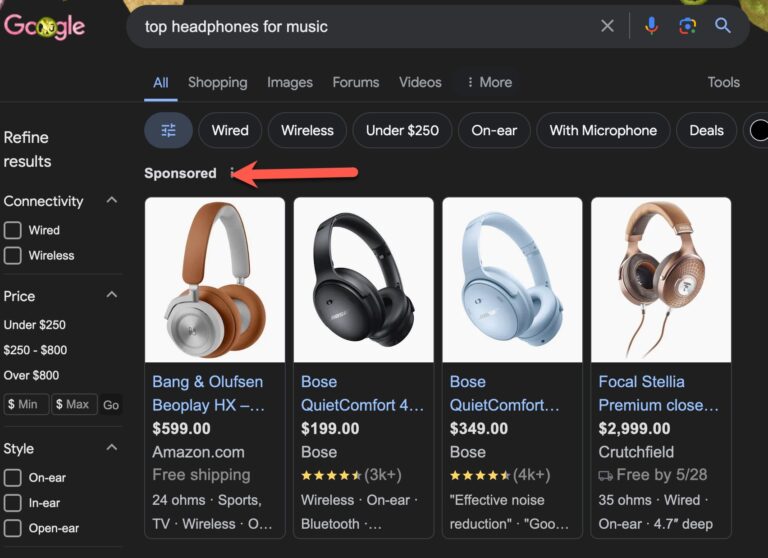
Bing ranks as the world’s second-largest search engine after Google. Despite its runner-up position, Bing records an impressive 659 billion monthly PC searches on its platform.
The Microsoft Audience Network facilitates the display and placement of native ads. It offers a range of targeting options including remarketing, in-market audiences, customer match, similar audiences, LinkedIn audiences, and more.
Microsoft holds the unique advantage of handling Yahoo search traffic exclusively. It also powers digital assistant voice searches such as Alexa, integrates deeply with Microsoft products, and enables precise targeting using LinkedIn profile information such as company, job function, and industry.
Microsoft Ads provides advertisers with the capability to import campaigns from Google Ads, streamlining the setup process and maintaining consistency across platforms.
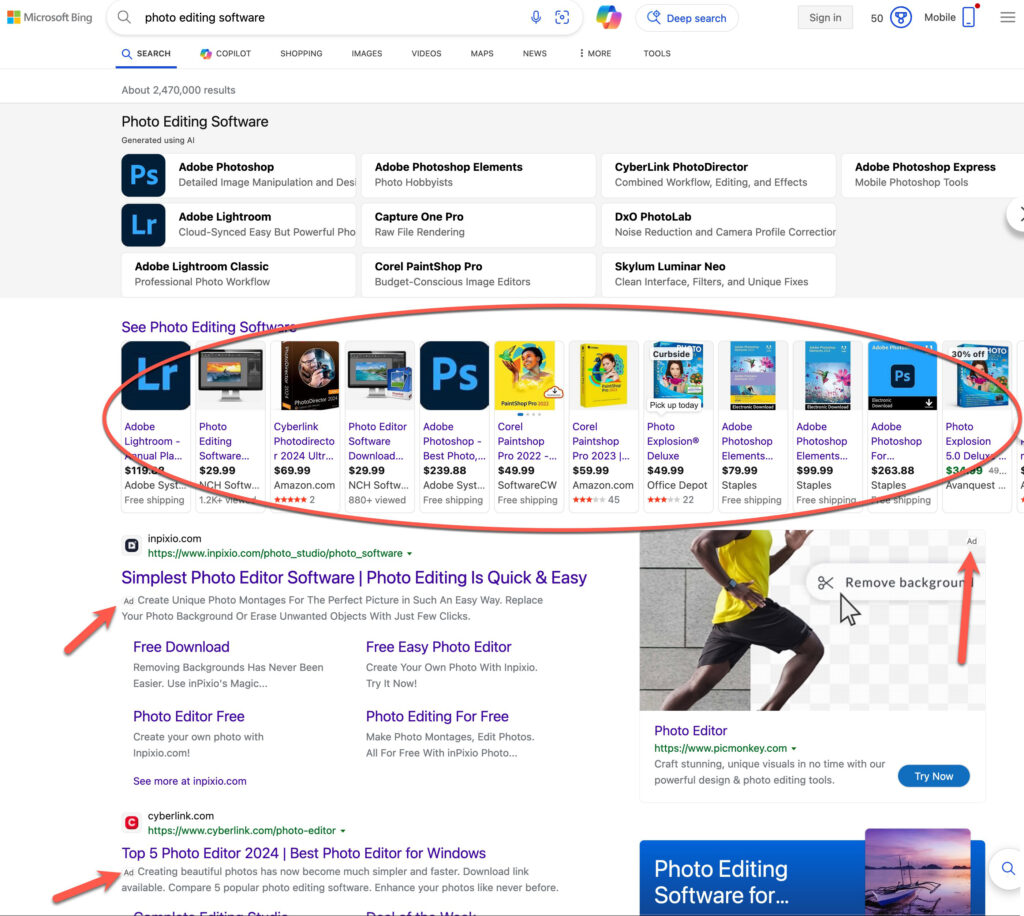
Meta Ads enable businesses to precisely target audiences on both Facebook and Instagram, leveraging extensive user data for precise targeting.
Targeting options are highly detailed, encompassing demographics, interests, behaviors, and more. Facebook supports retargeting based on user interactions both on the platform and offsite through advertisers’ Facebook pixel data and customer list uploads.
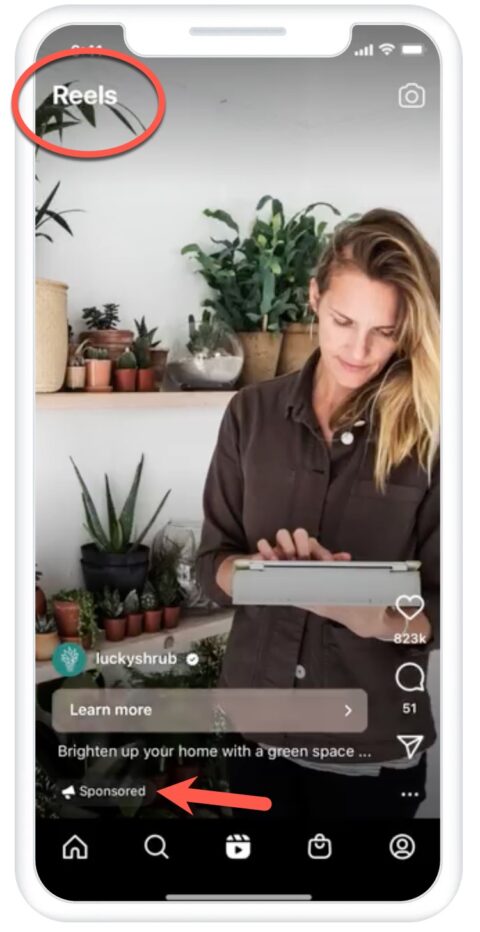
LinkedIn, a Microsoft-owned platform, stands out as the premier choice for B2B advertising.
It provides extensive opportunities for businesses aiming to connect with professionals and career-oriented users in social media.
LinkedIn Ads are particularly advantageous for B2B marketing due to their precise audience targeting capabilities. This includes parameters such as job title, industry, seniority, company size, as well as remarketing and behavioral targeting.
LinkedIn boasts a user base exceeding 1 billion professionals, all reachable through sophisticated professional criteria.
Key Stats:
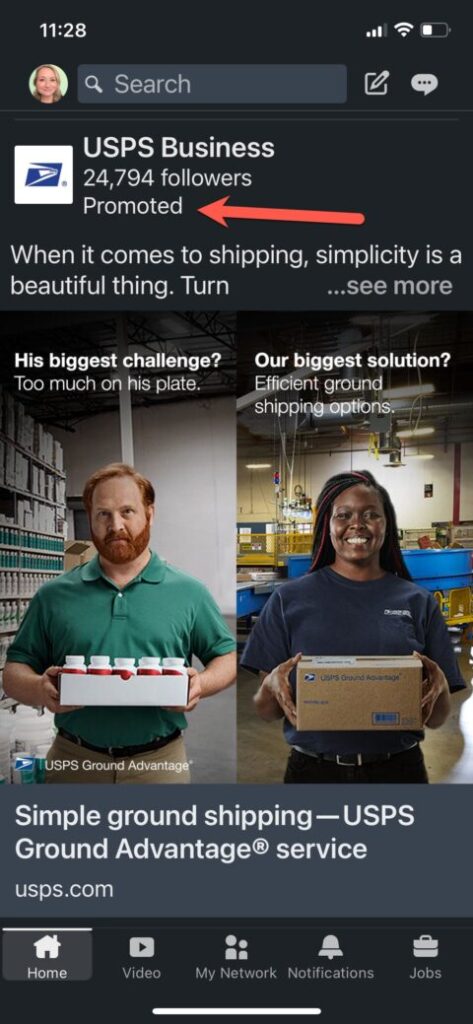
TikTok has rapidly emerged as a dominant force in social media, particularly among younger demographics. This dynamic platform for short-form videos has revolutionized content consumption and expanded opportunities in digital advertising.
Known for its blend of creativity, entertainment, and viral content, TikTok offers advertisers a vibrant paid ads platform to engage a deeply involved audience.
Key Stats:
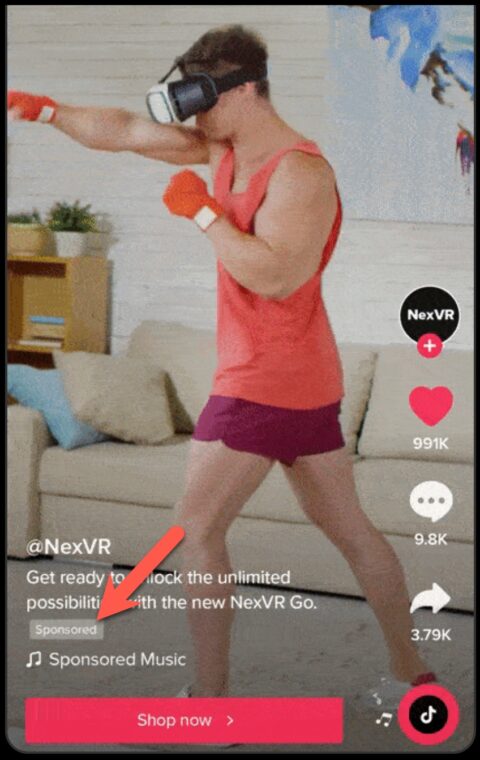
Amazon Advertising represents a robust PPC advertising platform tailored for retailers, harnessing the expansive reach of Amazon’s ecommerce ecosystem. It effectively targets shoppers precisely at the moment of purchase, driving direct sales and enhancing brand visibility.
With millions of daily transactions on its ecommerce platform, Amazon Advertising offers substantial ad inventory and precise targeting options to engage high-intent buyers.
Key Features:
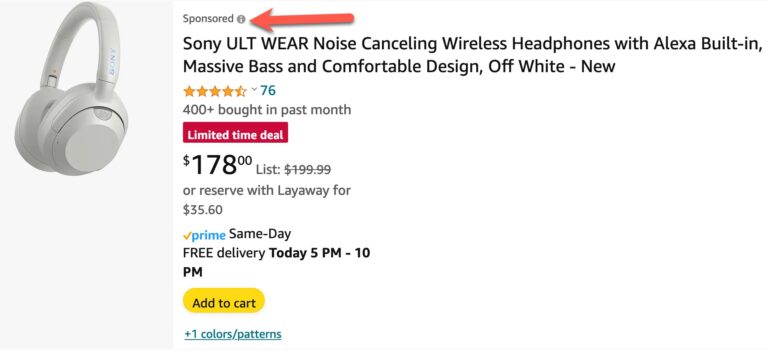
X Ads provides a range of options to connect with users across its social platform, which boasts 330 million active users monthly.
Advertisers can set up objective-based campaigns for awareness, consideration, and conversion across X platforms (desktop and mobile app).
Promoted ads are highly flexible, supporting various formats such as images, videos, carousels, and text. They also offer features like clickable functionality for app downloads or website visits directly within the ad.
Key Stats:
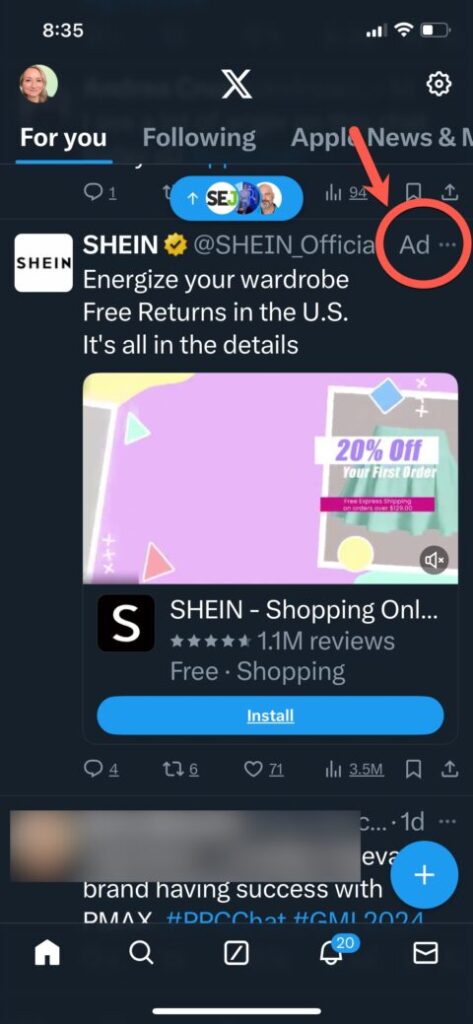
Pinterest serves as a hub where savvy social media users discover creative ideas and find inspiration for shopping. With a robust community of 518 million active monthly users, it caters to individuals researching trends, ideas, and products, with many actively seeking to make purchases.
The user base is predominantly female, comprising approximately 70% of Pinterest’s users.
Key Stats:
Choosing the correct PPC ad network is crucial for the success of your digital marketing strategy.
Each PPC ad network discussed in this article presents distinct audiences, advertising features, and excellent opportunities to connect with your target audience. It’s essential to grasp where your audience engages, their interests, and the influencers they follow to effectively prioritize your advertising efforts.
The best network for your needs will hinge on factors such as your business category, target demographic, and marketing objectives. Keep these considerations at the forefront as you evaluate the strengths and capabilities of each network.
Once you’ve selected your network, continue to refine and optimize your ads based on performance data and insights. Best of luck with your campaigns!
Original news from SearchEngineJournal